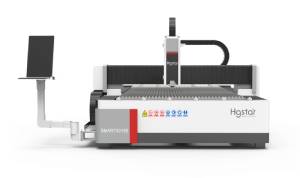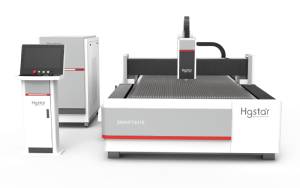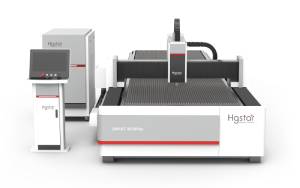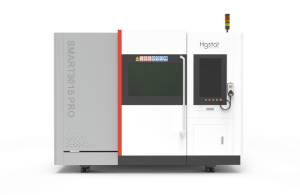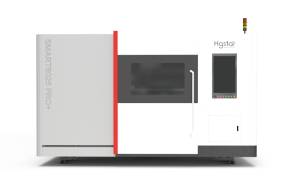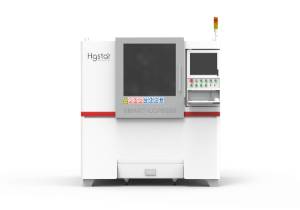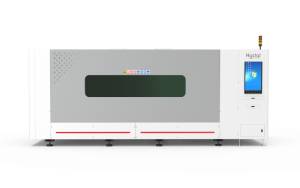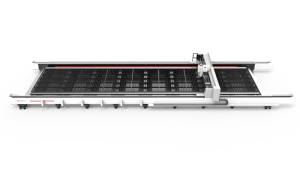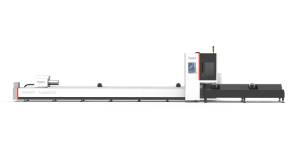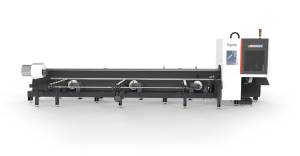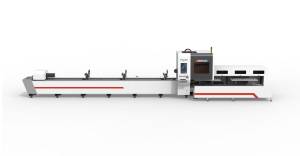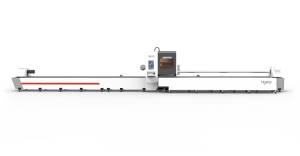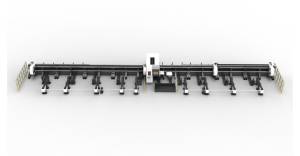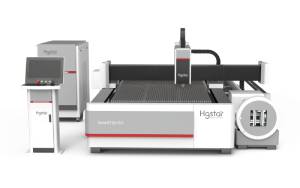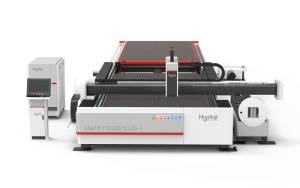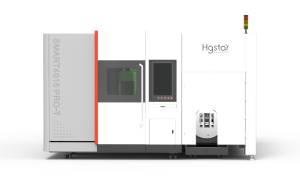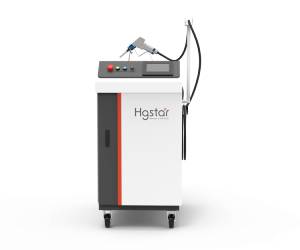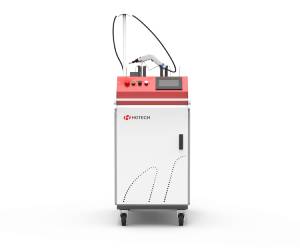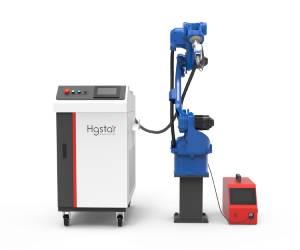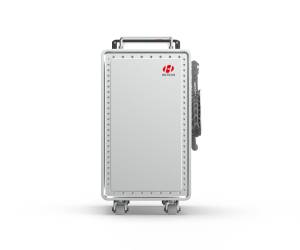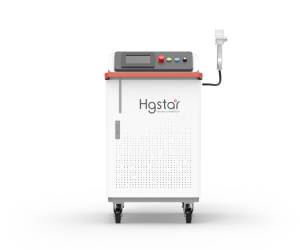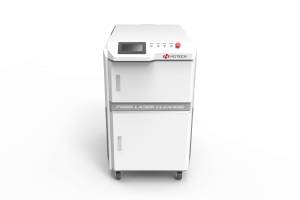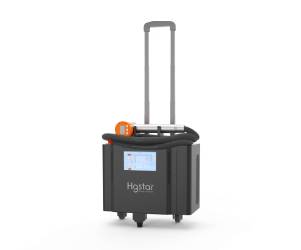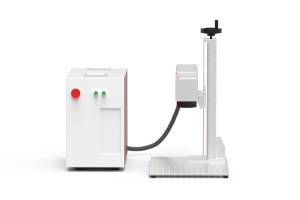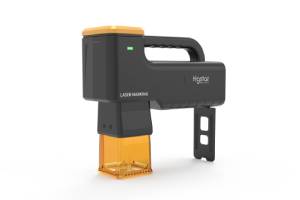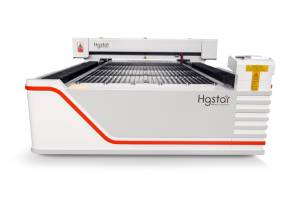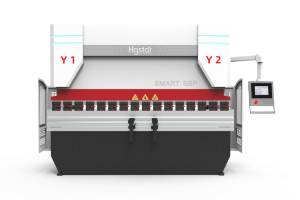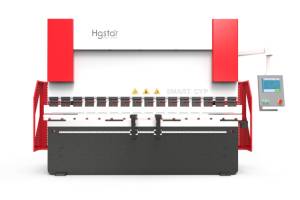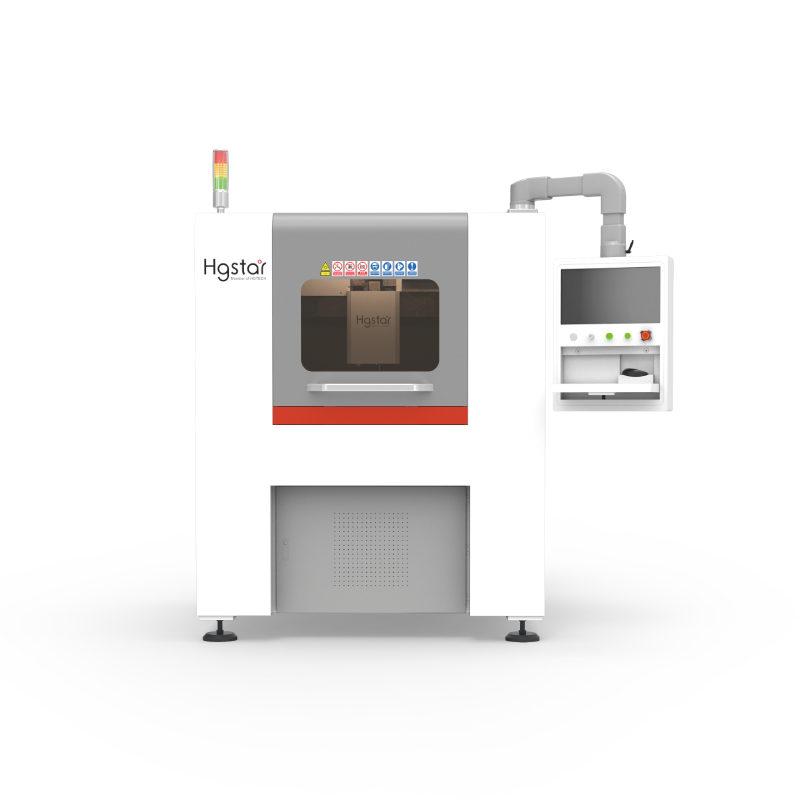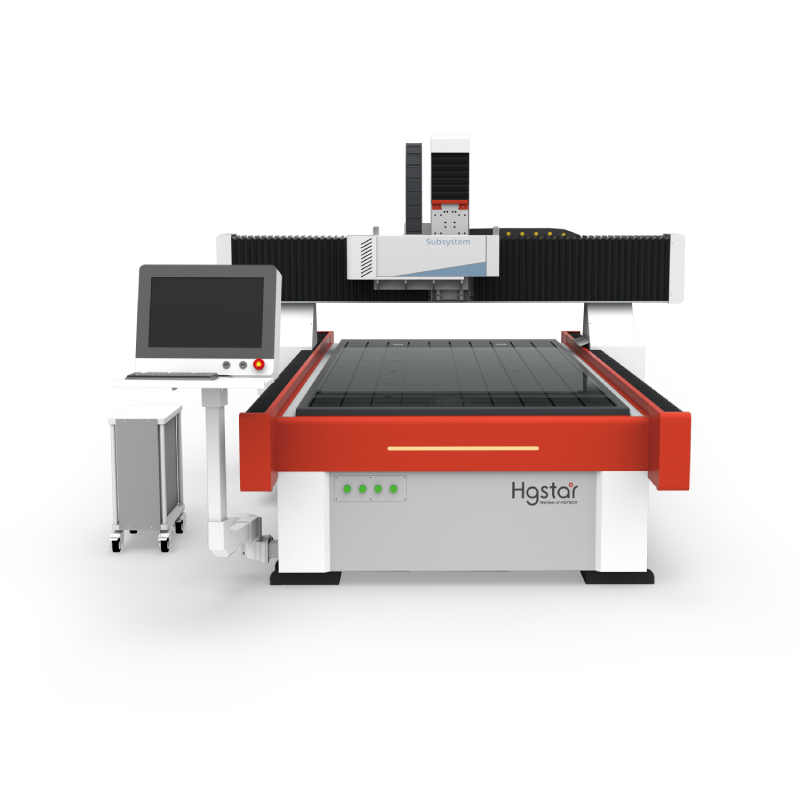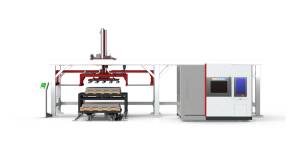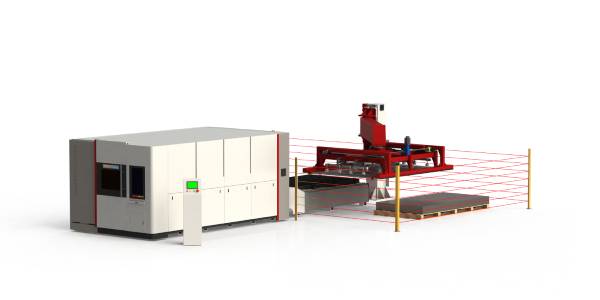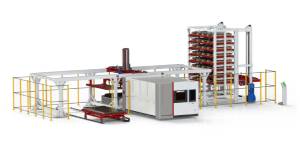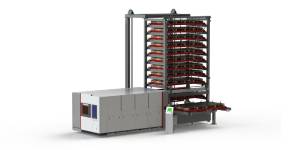Projects
The Factors Affecting The Quality Of Laser Cutting Machine
The basic principle of laser cutting is the interaction between laser and matter. It includes not only complex micro quantum processes, but also macro phenomena caused by laser acting on various dielectric materials. These macroscopic phenomena include laser absorption, reflection, refraction, energy conversion and transmission, material state and surrounding gas composition, tissue effect when light beam acts on material surface, etc.
Therefore, the factors affecting the quality of laser cutting are very complex. In addition to the processing material itself, they are mainly beam characteristics, laser power, cutting speed, nozzle type (aperture) and nozzle height, focus position, auxiliary gas type and pressure, etc.
Factors affecting cutting quality
1. Beam characteristics:
the notch width of laser cutting is greatly related to the beam mode and the spot diameter after focusing. Because the power density and energy density of laser irradiation are related to the laser spot diameter, in order to obtain large power density and energy objectivity, the spot diameter is required to be as small as possible in laser cutting.
2. Laser power:
the laser power directly affects the thickness of the steel plate that can be cut. The higher the energy, the thicker the thickness of the material that can be cut. In addition, it also affects the dimensional accuracy of the workpiece, the slit width, the roughness of the cutting surface and the width of the heat affected zone.
3. Cutting speed:
the cutting speed has a great impact on the cutting quality of stainless steel plate. The best cutting speed makes the cutting surface smooth and smooth without slag at the lower part.
If the cutting speed is too fast, the steel plate will not be cut through, resulting in spark splash, slag in the lower half, and even burn the lens; If the cutting speed is too slow, it is easy to cause over melting of material, widening of cutting seam, increase of heat affected zone, and even over burning of workpiece.
4. Nozzle:
nozzle shape (aperture), nozzle height (distance between nozzle outlet and workpiece surface), etc. will affect the cutting effect.
5. Focus position:
the focus position directly affects the notch width, slope, cutting section roughness and slag adhesion. Different focus positions lead to different beam diameters and focus depths on the surface of the workpiece, which will change the shape of the processing groove and affect the flow of processing gas and molten metal in the processing groove.
6. Auxiliary gas:
auxiliary gas is required for material cutting, mainly involving gas type and pressure. Gas type, pressure, nozzle diameter and geometry affect edge roughness and burr generation.
There are many factors affecting the quality of laser processing. Mastering the law of the influence of various process factors on the surface quality of laser cutting machine processing can help find the way to improve the surface quality and improve the surface quality.
The evaluation of laser cutting quality mainly includes the following points:
1. The cutting surface is smooth, with few lines and no brittle fracture
When the laser cuts the plate at high temperature, the trace of molten material will not appear in the notch under the vertical laser beam, but will be sprayed out at the back of the laser beam. As a result, the curved lines are formed at the cutting edge, and the lines closely follow the moving laser beam. In order to correct this problem, reducing the feed rate at the end of the cutting process can greatly eliminate the formation of lines;
2. Narrow slit width (this is mainly related to the diameter of laser beam spot, which depends on the quality of laser tube)
Generally speaking, the notch width does not affect the cutting quality. Only when a particularly precise contour is formed inside the component, the cutting width has an important impact, because the cutting width determines the minimum internal diameter of the contour. When the plate thickness increases, the cutting width also increases. Therefore, in order to ensure the same high precision, no matter how large the notch width is, the workpiece should be constant in the processing area of the laser cutting machine;
3. Good perpendicularity of cutting joint and small heat affected area
When the thickness of the processed material exceeds 18mm, the perpendicularity of the cutting edge is very important; When away from the focus, the laser beam becomes divergent, and the cutting becomes wider towards the top or bottom according to the position of the focus.
The cutting edge deviates from the vertical line by a few percent. The more vertical the edge is, the higher the cutting quality is.
4. Thermal effect of cutting materials
As the application equipment of thermal cutting processing, it is bound to cause thermal impact on materials in the process of use, which mainly includes three aspects: A. heat affected area; b. Depression and corrosion; c. Material deformation.
The heat affected area refers to the area heated along the notch in laser cutting. At the same time, the structure of the material itself changes.
For example, some materials may harden. Heat affected zone refers to the regional change of internal structure due to high temperature; Depression and corrosion have an adverse effect on the surface of the cutting edge and affect the appearance of the laser cutting machine. They appear in cutting errors that should be avoided in general.
Finally, if the cutting causes the part to heat sharply, it will deform. This is particularly important in fine machining because the contours and connecting pieces are usually only a few tenths of a millimeter wide. Controlling laser power and using short laser pulses can reduce component heating and avoid deformation.

